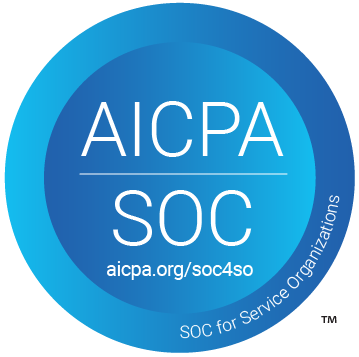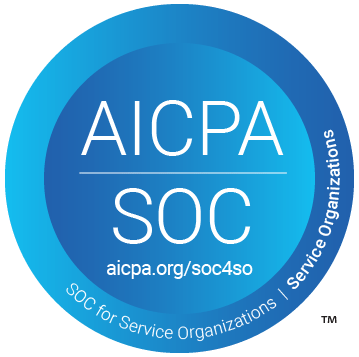Learn how to send webhook data via Jotform Tables using Pabbly Connect with our step-by-step tutorial. Integrate your applications seamlessly! This comprehensive guide reveals exactly how to connect your applications and automate repetitive tasks — accessible for professionals of all technical backgrounds.
Watch Step By Step Video Tutorial Below
1. Access Pabbly Connect for Webhook Integration
To start sending webhook data via Jotform Tables, you need to access Pabbly Connect. First, open a new tab and go to Pabbly.com/connect. If you don’t have an account, click on ‘Sign up for free’ to create one. This will allow you to utilize the integration features of Pabbly Connect.
Once you have your account, sign in and navigate to the dashboard. Here, you can see all your workflows. To create a new workflow, click on the ‘Create Workflow’ button. This is where you will set up the integration to send webhook data from Jotform to Pabbly Connect.
2. Create a Workflow in Pabbly Connect
After clicking on the ‘Create Workflow’ button, a pop-up window will appear. Name your workflow something descriptive like ‘Send Webhook Data via Jotform Tables Using Button’. This name helps identify the workflow later on. using Pabbly Connect
Once you name your workflow, click on ‘Create’ to proceed. You will now see two main sections: Trigger and Action. The Trigger is where you will select the application that starts the workflow, which in this case will be the webhook from Jotform. Here’s how to set it up:
- Select ‘Webhook by Pabbly’ as the trigger application.
- Choose ‘Catch Webhook’ as the trigger event.
- Copy the generated webhook URL for later use.
With the webhook URL copied, you are ready to connect it to Jotform.
3. Set Up Jotform to Send Data to Pabbly Connect
Now that you have the webhook URL, switch to your Jotform account. Open the form you want to work with, and navigate to the submissions table. Here, you will create a button that will send data to Pabbly Connect.
Click on the ‘Add Button’ option in your Jotform table. Choose the option to ‘Send Data via Webhook’. You will then need to set up your button, which includes naming your column. For example, you might name it ‘Send Data’. After naming the column, you will input the webhook URL you copied from Pabbly Connect:
- Paste the copied webhook URL into the designated field.
- Click on ‘Complete Integration’ to finalize the setup.
Your Jotform is now connected to Pabbly Connect via the webhook.
4. Sending Data from Jotform to Pabbly Connect
With the button set up, you can now send specific data to Pabbly Connect. Whenever you receive submissions in your Jotform table, you can click the ‘Send Data’ button for the specific row you want to send. This allows for quick and efficient data transfer with just a single click.
After clicking the button, return to your Pabbly Connect dashboard. You will see that it is waiting for a response from Jotform. Once you click the button in Jotform, the data will automatically be sent to Pabbly Connect, and you will receive a response that includes all relevant details such as the lead’s phone number, email, and name.
This functionality highlights how Pabbly Connect streamlines the process of sending data from Jotform, making it easy to manage your leads or any other data you collect.
5. Expanding Automation with Pabbly Connect
Once you have successfully sent the data to Pabbly Connect, you can expand your automation further. Pabbly Connect allows you to set up actions based on the received data. For example, you can integrate with various applications such as Gmail or your CRM system to automate follow-ups or add leads directly into your CRM.
To set up actions, navigate to the Action tab in your workflow. Here, you can select applications like Gmail for email marketing, or any other app that fits your needs. This flexibility showcases the power of Pabbly Connect in automating workflows across different platforms.
By using Pabbly Connect, you can effectively manage your leads and ensure that no potential customer is overlooked. This integration not only saves time but also enhances your operational efficiency.
Conclusion
In this tutorial, we explored how to send webhook data via Jotform Tables using Pabbly Connect. By following these steps, you can streamline your data management and enhance your automation processes effectively.
Ensure you check out Pabbly Connect to create business automation workflows and reduce manual tasks. Pabbly Connect currently offer integration with 2,000+ applications.
- Check out Pabbly Connect – Automate your business workflows effortlessly!
- Sign Up Free – Start your journey with ease!
- 10,000+ Video Tutorials – Learn step by step!
- Join Pabbly Facebook Group – Connect with 21,000+ like minded people!






